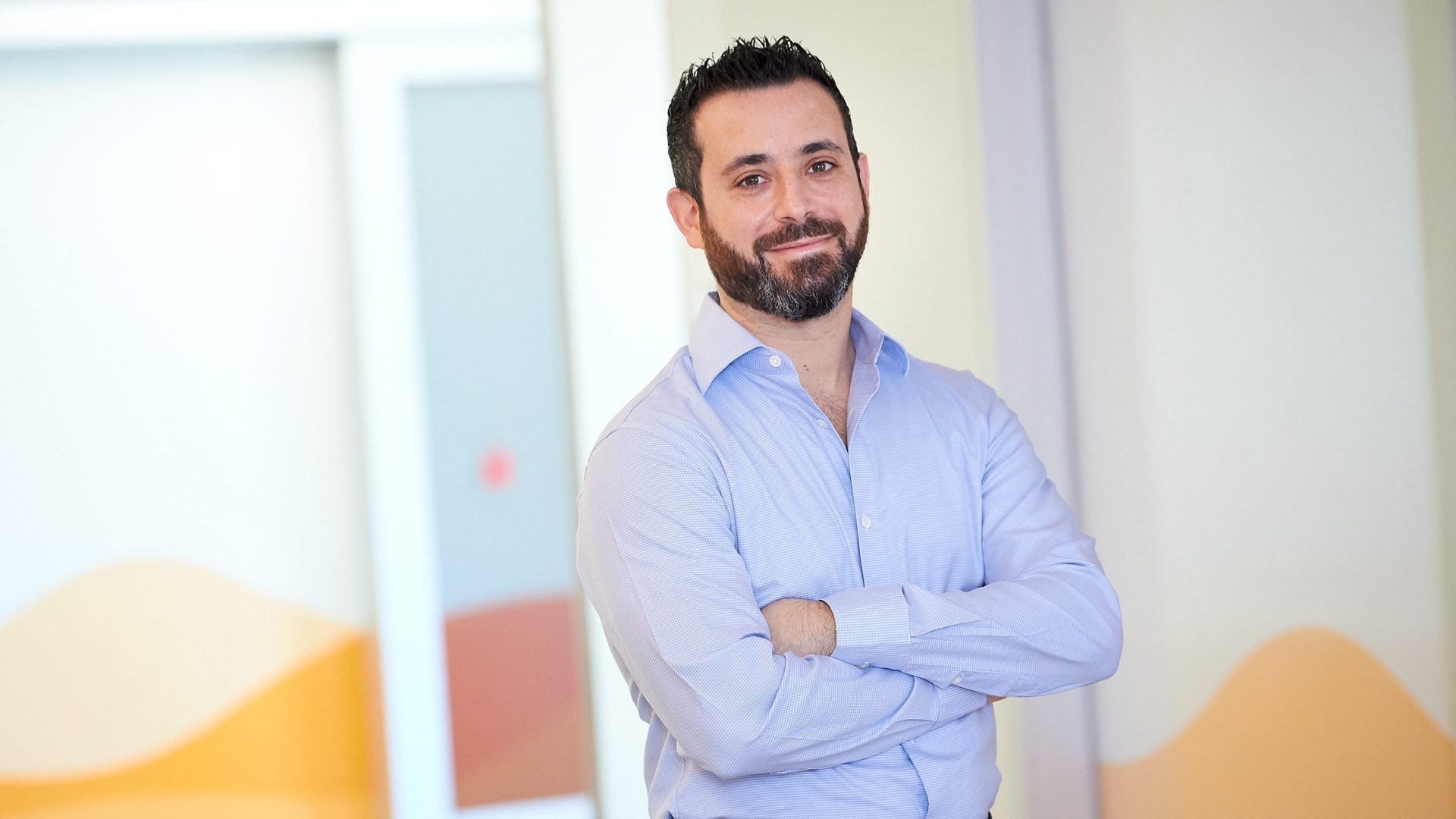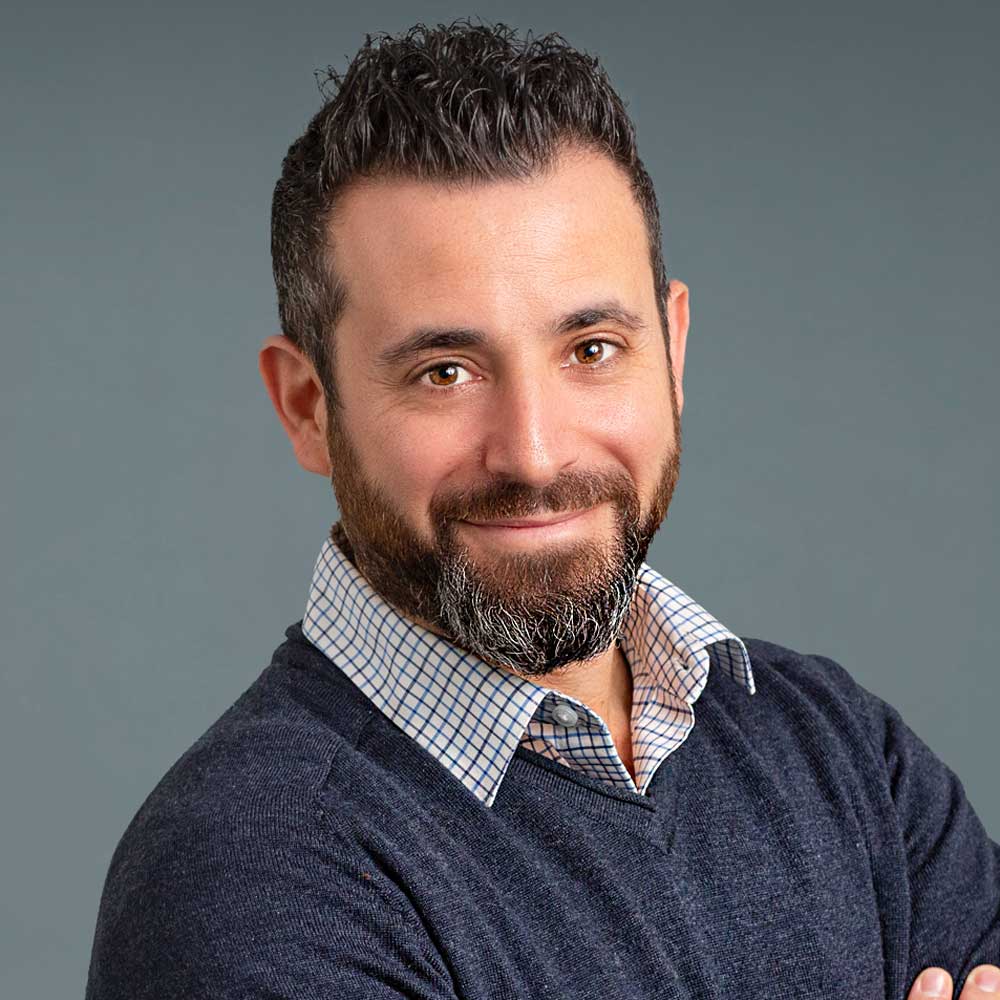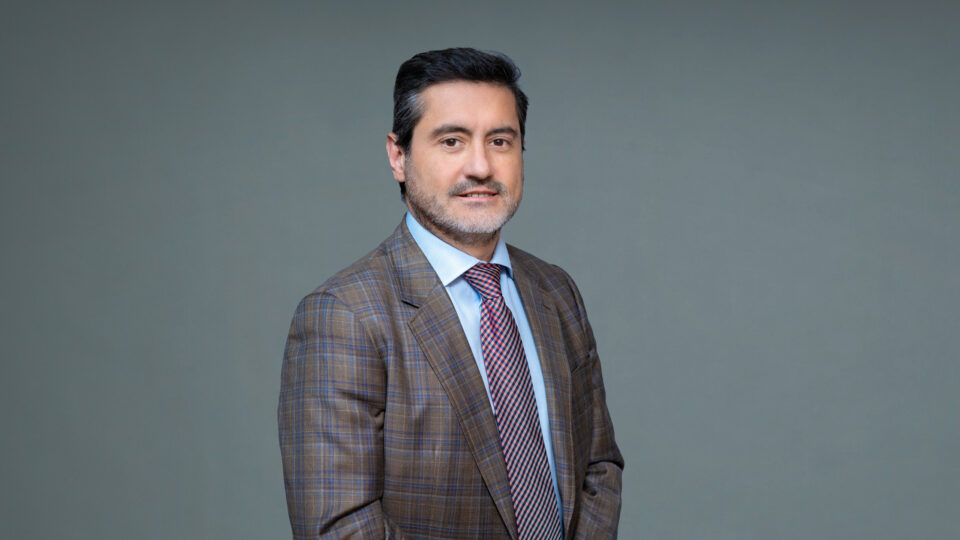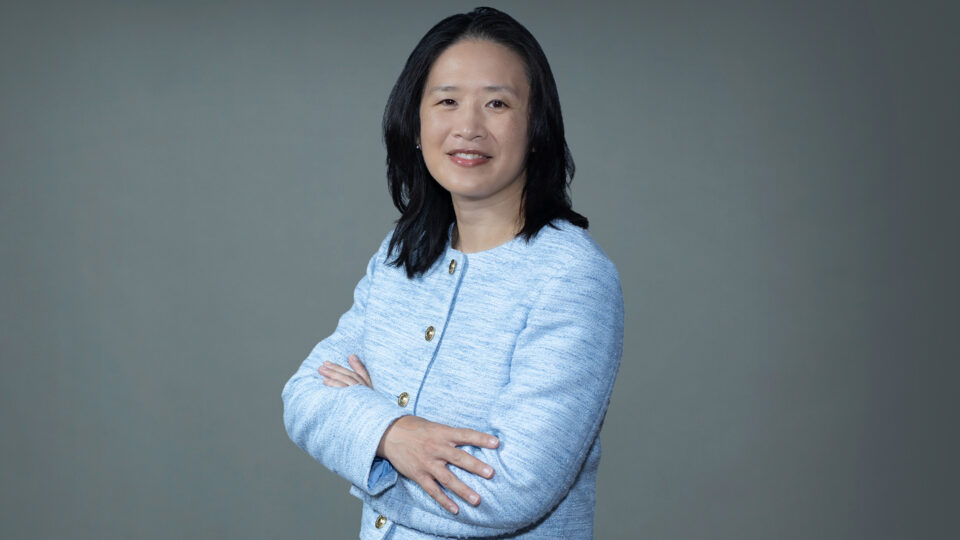Hassenfeld Children’s Hospital at NYU Langone has been named a Level 1 Children’s Surgery Center by the American College of Surgeons (ACS)—the highest designation a hospital can receive—for providing high-quality children’s surgical care. It is one of only two pediatric hospitals in New York State to achieve this prestigious verification, and among five in the Northeast.
Physician Focus recently spoke with Jason C. Fisher, MD, director of children’s surgical services at Hassenfeld Children’s Hospital, about the collaboration, innovation, and excellence that go into building a world-class children’s surgical program.
A Whole-Hospital Effort
Physician Focus: Dr. Fisher, congratulations on this designation. Besides meeting the rigorous qualifications for a Level 1 center, what is the secret to building a strong children’s surgical program?
Dr. Fisher: Thank you, we are thrilled. It has been a whole-hospital effort.
A surgical program is so much more than a well-trained surgeon. It’s the anesthesiologists, nurses, scrub team, radiologists, pathologists, social workers—the list is a mile long. But it’s also people who don’t often get recognized: the building staff; the people who turn over the rooms, who ensure all our instruments are there. It’s the patient technicians, who spend more time with the patients before and after surgery than anybody else.
“NYU Langone is a very collaborative environment, and in Hassenfeld Children’s Hospital, we’ve taken all those systems and personal relationships and shrunk them into a tighter package. This allows us to iterate our innovation, our quality, and our safety in much faster cycles.”
Jason C. Fisher, MD
There’s an incredible inherent trust we take on when doing this job. We take that trust very seriously, and we couldn’t confidently say things are going to go perfectly if we didn’t trust each other, as well.
NYU Langone is a very collaborative environment, and in Hassenfeld Children’s Hospital, we’ve taken all those systems and personal relationships and shrunk them into a tighter package. This allows us to iterate our innovation, our quality, and our safety in much faster cycles.
Advocates for Patients and Families
Physician Focus: How does this collaborative, nimble environment translate to creating a culture of family-centered care?
Dr. Fisher: One of the big drivers that helps us deliver on that promise is Sala Institute for Child and Family Centered Care. With Sala Institute, we have support from a full-time staff and innumerable support services for children.
Early on, the institute focused its efforts on improving quality, safety, and family-centered care for the children in the hospital, but so many of their efforts never touched the operating room. Now, with any new initiative Sala Institute is supporting, if it even remotely involves children that will be going down a surgical pathway, our program is involved.
We can push things out to all the pediatric surgeons in a block, get information back from them, and push this out to the children’s hospital and to families. This allows us to speak in a much more unified voice.
For example, we listened to families and learned we weren’t communicating with them in the ways they wanted while their children were undergoing surgery. Partnering with Sala Family and Youth Advisory Councils, we’ve designed pathways to communicate more effectively with families before, during, and after surgery—and improve communication among our clinical staff.
Collaboration Combined with Innovation
Physician Focus: Are there stand-out initiatives in children’s surgical services you’d like to highlight?
Dr. Fisher: One thing we’re proud of is that we’re able to solve complex problems in very unique ways.
For instance, three out of four babies don’t survive congenital high airway obstruction syndrome (CHAOS). In a recent case, we assembled a team that included maternal–fetal medicine, pediatric surgery, pediatric otolaryngology, pediatric anesthesiology, and pediatric ECMO to perform a lifesaving procedure in a partially delivered fetus.
“As a progressive, forward-thinking children’s surgical program, we’re trying to impact lifetimes—decades and decades ahead. We’re putting all our chips down early in the game so these kids can go on and live healthy lives.”
We also have a great collaboration between our pediatric surgeons and our adult surgical colleagues. Dr. Robert J. Cerfolio, a world-renowned thoracic surgeon, performed a robotic surgery on a young girl’s trachea to remove a mass—a minimally invasive approach that saved her from being in the hospital for months.
In our pediatric spine program, Dr. Juan C. Rodriguez-Olaverri is employing spinal tethering as a way to treat scoliosis, using a series of ropes and tethers along the spine. People fly in from all over the world for this expertise.
Dr. Jun Tashiro in our Adolescent Healthy Weight Program offers sleeve gastrectomy that puts teens on a whole new trajectory for their lives. Our pediatric cardiac surgery outcomes are some of the best in the nation, and our pediatric cardiac ICU is fantastic.
While most children’s hospitals use adult interventional radiologists, NYU has a pediatric interventional radiologist, Dr. Frederic J. Bertino, who can address a host of issues for which patients would have to go elsewhere or receive more invasive procedures.
Impacting Healthcare Today and Tomorrow
Physician Focus: In closing, in what ways do the families you serve here in New York inspire you?
Dr. Fisher: I feel blessed to practice in a city that constantly inspires us to practice in culturally sensitive ways. We’ve made sure that this spirit of achieving equity in our care models is a central pillar of our children’s surgical program, carrying through from the small projects to the big ones.
Children’s surgical care requires resiliency—in your surgeons, in your processes, and especially in your families; things don’t always go as planned. I feel that we very much benefit from the fact that New Yorkers are strong and resilient.
As a progressive, forward-thinking children’s surgical program, we’re trying to impact lifetimes—decades and decades ahead. We’re putting all our chips down early in the game so these kids can go on and live healthy lives and not becomes patients with chronic conditions who must rely on resources and continuous access to the healthcare system.






